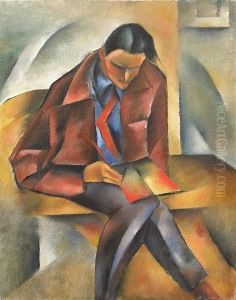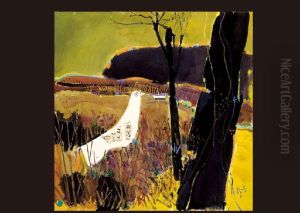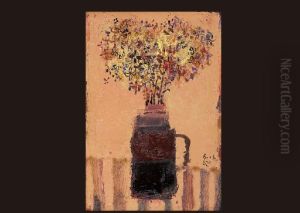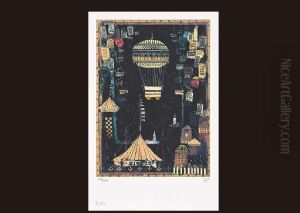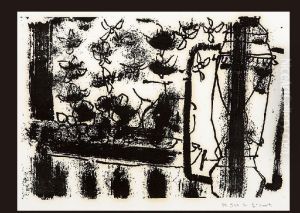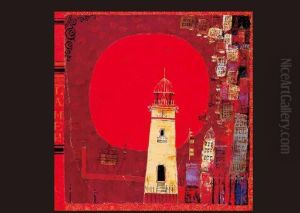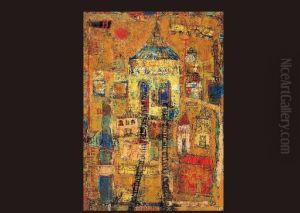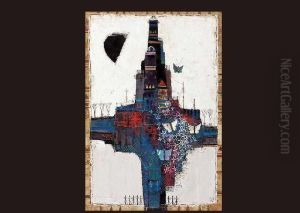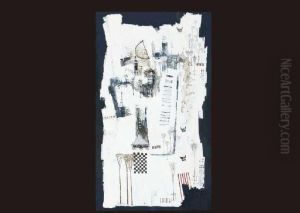Miki Hayakawa Paintings
Miki Hayakawa was a Japanese-American artist known for her contributions to the early 20th-century American art scene, particularly in the San Francisco Bay Area. Born in 1899 in Hokkaido, Japan, Hayakawa moved to the United States as a child. Her early life and education in art are not extensively documented, but by the 1920s, she had become an active member of the artistic community in San Francisco.
In her early career, Hayakawa was part of a milieu that included influential artists and writers, and she was particularly associated with the bohemian scene in the North Beach area of San Francisco. Her work encompassed both painting and illustration, and she was known for her portraits, landscapes, and still lifes, which often exhibited a blend of Western and Eastern artistic influences.
Hayakawa's art was characterized by its delicate and sensitive style, with a subtle color palette often dominated by muted tones. Her portraiture, in particular, is noted for its profound sense of intimacy and psychological depth. During her lifetime, she exhibited her work alongside other prominent artists of the time and was part of exhibitions at the San Francisco Art Association and the East-West Art Society, among others.
Despite her active role in the art community and her contributions to the regional art scene, Miki Hayakawa's work and legacy were overshadowed by the male-dominated art world of the time and the social challenges she faced as a Japanese immigrant, particularly during World War II. The internment of Japanese Americans during the war affected Hayakawa personally and professionally, as it did for many others in the Japanese American community.
Miki Hayakawa's death in 1953 marked the end of a career that had navigated the complexities of cultural identity and artistic expression. Her work has since gained recognition for its unique place in American art history, and posthumous exhibitions have helped to reestablish her as an important figure. Hayakawa's artistic legacy offers insight into the cross-cultural dialogues that were part of the American art landscape in the early to mid-20th century and the experiences of Asian American artists during a turbulent period in U.S. history.
